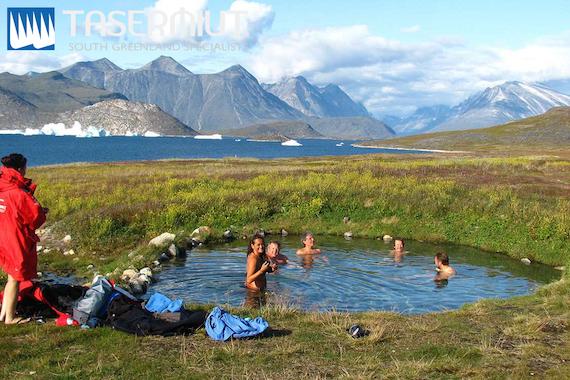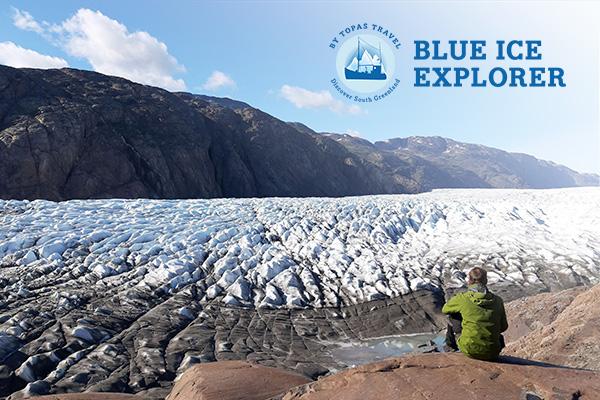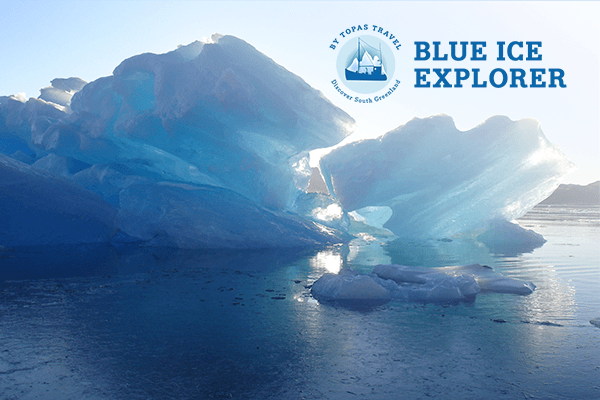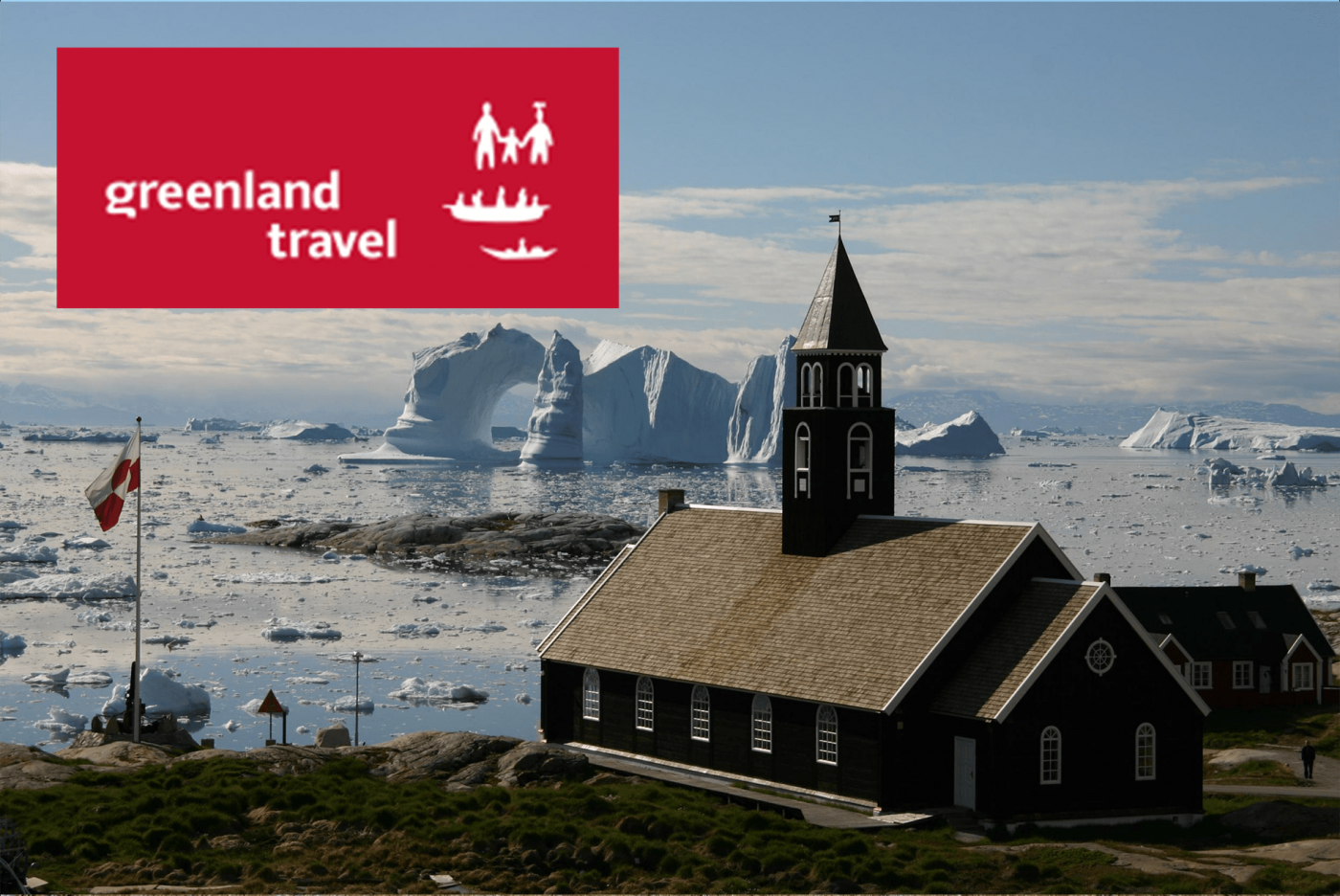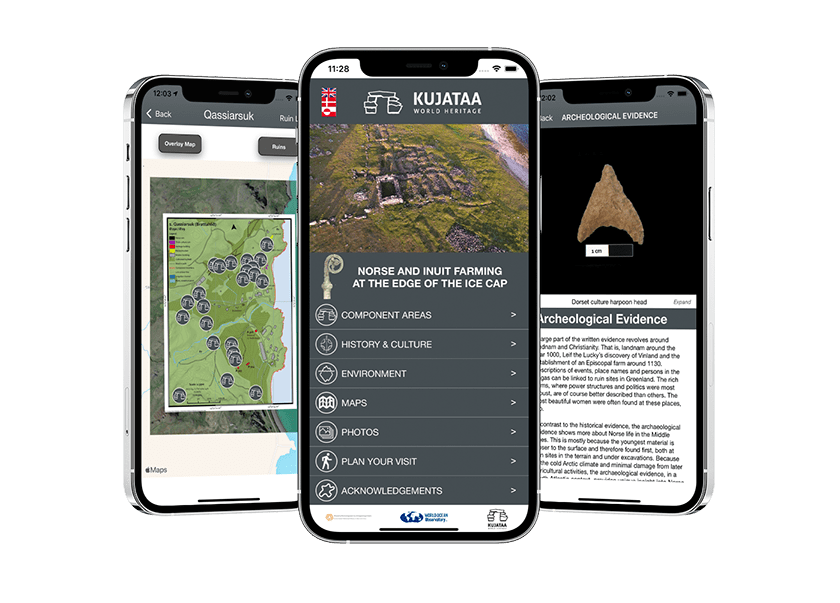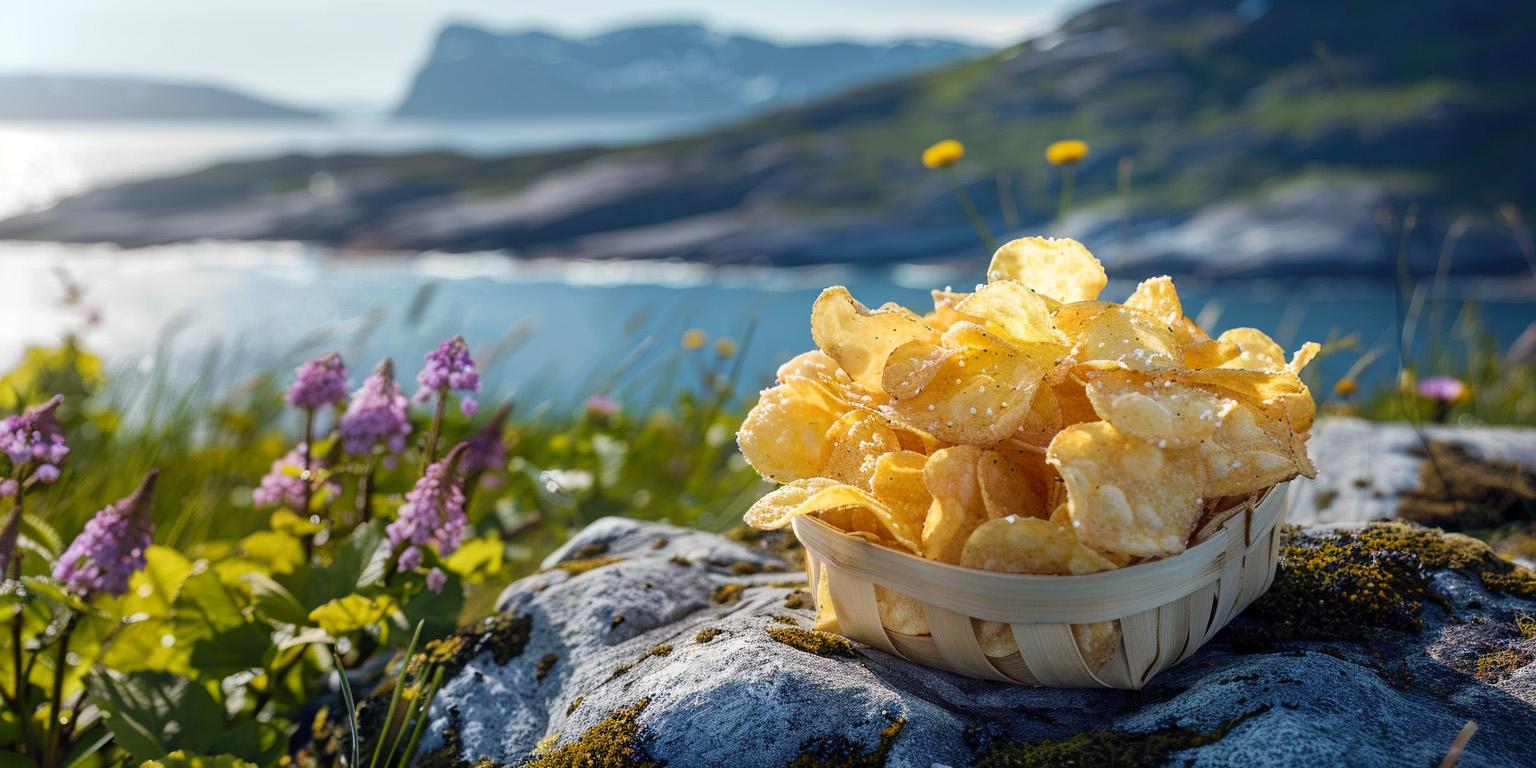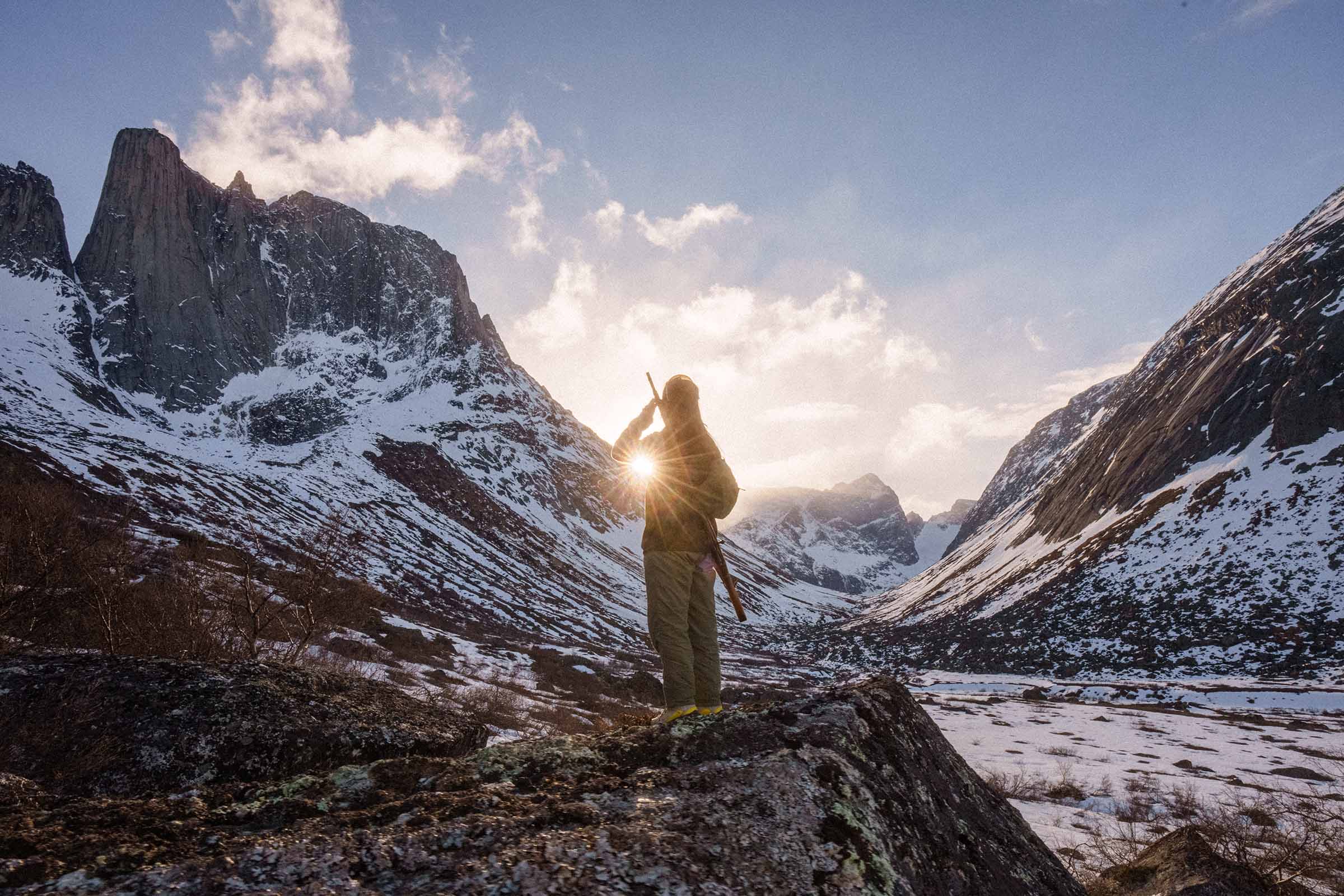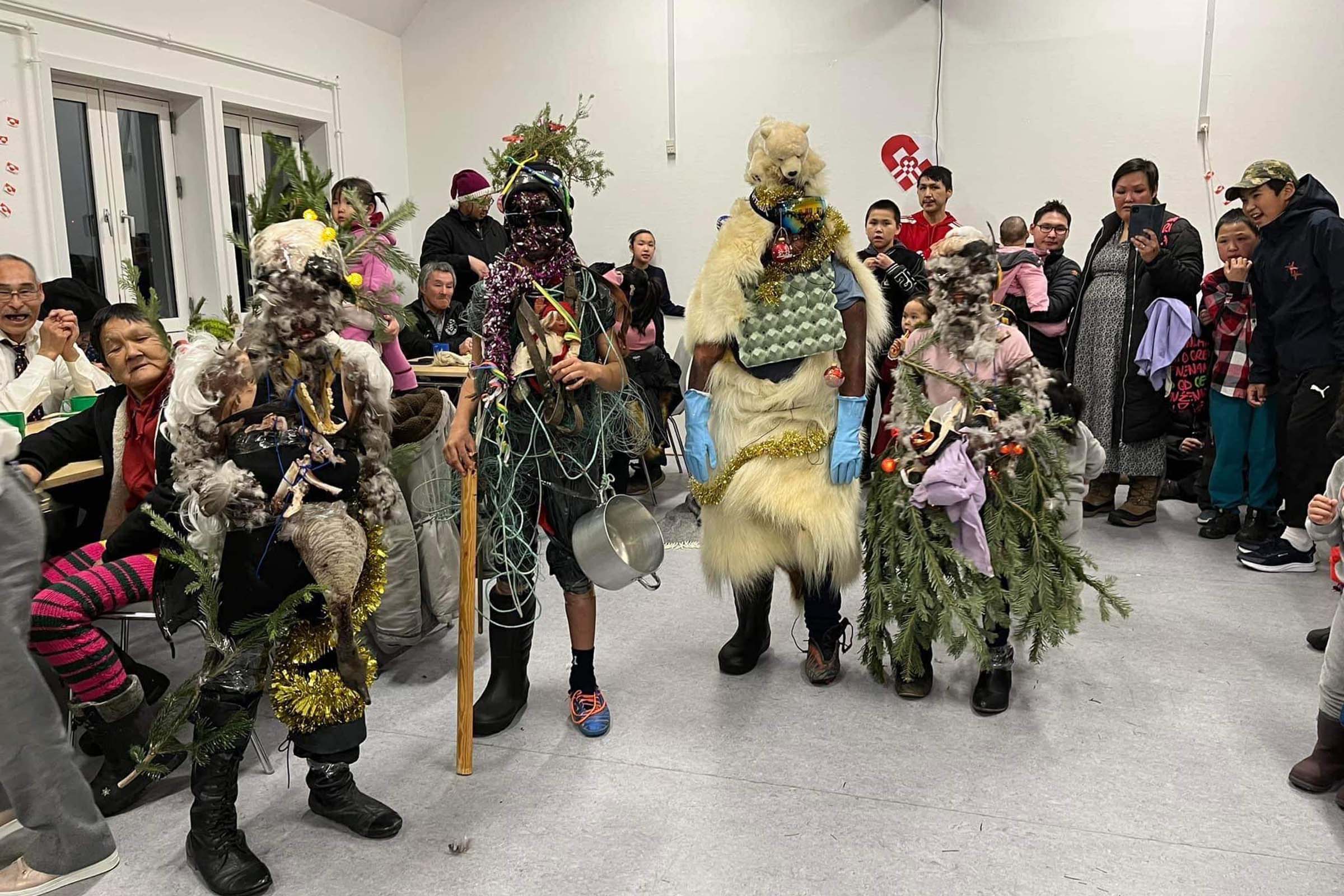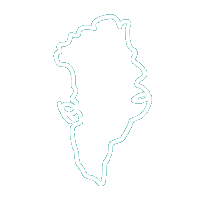The fertile region of South Greenland is home to the well-preserved ruins of one of the first Christian churches on the North American continent – Hvalsey Church.
Long before Columbus ever had the idea of sailing west to try to find a shorter route to India, the Norse settlers from Scandinavia had established themselves in Greenland.
The fertile South Greenlandic fjords had attracted Norse settlers from Iceland and many estates and farms had been established in the new country.
HVALSEY CHURCH – MORE THAN A THOUSAND YEARS OLD
Christianity was spreading its influence throughout Europe and was established in the outer frontier in Greenland in 1000 AD. The first churches were erected soon after this.
Hvalsey Church was probably built in the 14th century but is the best preserved of the churches in Greenland from that period.
"Long before Columbus ever had the idea of sailing west to try to find a shorter route to India, the Norse settlers from Scandinavia had established themselves in Greenland."

